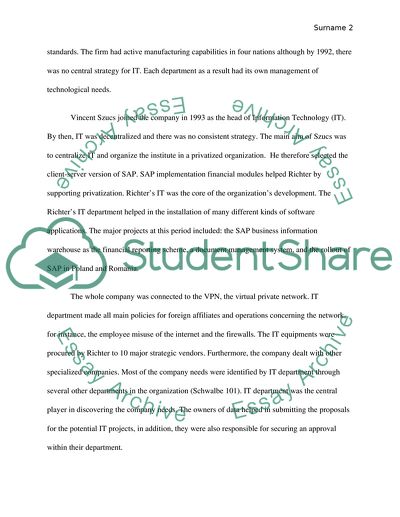Cite this document
(Information Technology in the Development of Richter Company Case Study, n.d.)
Information Technology in the Development of Richter Company Case Study. Retrieved from https://studentshare.org/information-technology/1758605-richters-it
Information Technology in the Development of Richter Company Case Study. Retrieved from https://studentshare.org/information-technology/1758605-richters-it
(Information Technology in the Development of Richter Company Case Study)
Information Technology in the Development of Richter Company Case Study. https://studentshare.org/information-technology/1758605-richters-it.
Information Technology in the Development of Richter Company Case Study. https://studentshare.org/information-technology/1758605-richters-it.
“Information Technology in the Development of Richter Company Case Study”, n.d. https://studentshare.org/information-technology/1758605-richters-it.


